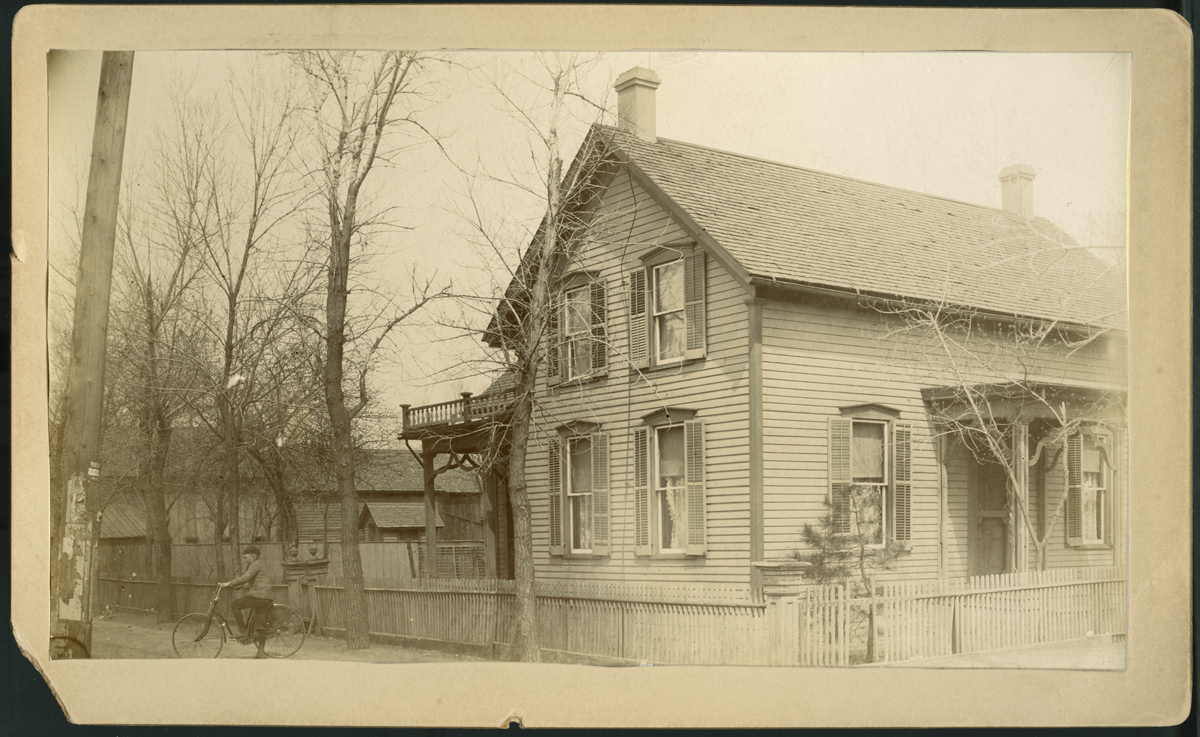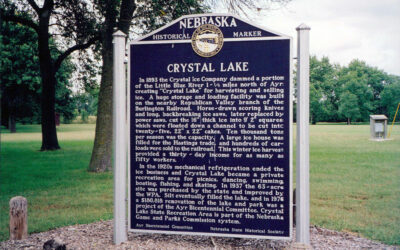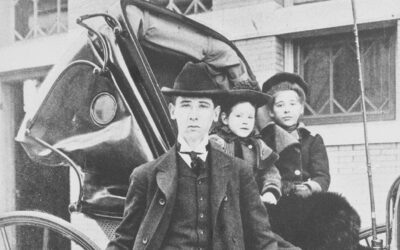It’s never easy to find good housing, but for newcomers to Nebraska in the 1850s it was especially difficult.

People were pouring into the Nebraska territory in the late 1850s, and living quarters were at a premium everywhere, especially in the booming river towns. Nebraska was a new country which, of course, had to be built from the ground up. Then, too, the situation was complicated by the lack of building materials and a shortage of labor. House hunting was even a more dreary experience than it is today.
Witness this excerpt from the diary of a young girl who came to Nebraska City with her parents in 1857: “This morning after breakfast we started house hunting. After a vigorous search of three hours we were compelled to take a small, dilapidated log house with one small room and a three cornered kitchen directly across the street, which we had supposed was used for a stable, at the very modest rent of $15.00 a month. We were congratulated on securing that, as there is not a vacant habitation in town. I suppose the next poor emigrants will have to live out-of-doors. I shall never forget the looks of dismay when our new home was pointed out to the family.”
Others, perhaps more resourceful, took the situation into their own hands and built houses for themselves. The Reverend George W. Barnes, pioneer Omaha preacher, for example, had to build a house for his family with his own hands before he could start holding services. Except for raising, which was a community affair, all the help he had was a carpenter to lay out the sills. When finished, he had a structure 15′ x 25′, two stories high in front, and the back part lean-to.
Houses were built rapidly in those days, too. The Brownville Advertiser for June 14, 1856, reported that in the past week four good sized, comfortable dwellings had been completely built except plastering. The editor remarked, “This is putting up buildings tolerably rapid, yet it is only in keeping with this Express-Railroad-Telegraph Age.”
They even used pre-fabricated houses to alleviate the situation-the idea apparently is not so new. In 1855, a Cincinnati, Ohio, firm was reported to be manufacturing portable cottages for Kansas and Nebraska in large numbers. They generally had two rooms. No nails were used in their construction, and they could be put up or taken down in a few hours. They could be shipped on the river steamers at small expense, and were hailed as, “the cheapest of houses the emigrants to those new prairie regions can provide themselves with.”
Even with pre-fabrication and pioneer ingenuity, however, the demand still lagged far behind the supply, and there is hardly an issue of the early territorial papers but what contains an editorial on the subject. The following from the Brownville Advertiser for June 10, 1864, is illustrative: “During the past two weeks there have been quite a number of emigrants desiring to stop in this place and could not find houses to live in. Our capitalists should learn from this, and learn from it that as good an investment as they could make would be to put up about thirty good tenement houses.”
By James C. Olson
Superintendent, State Historical Society
October, 1946



